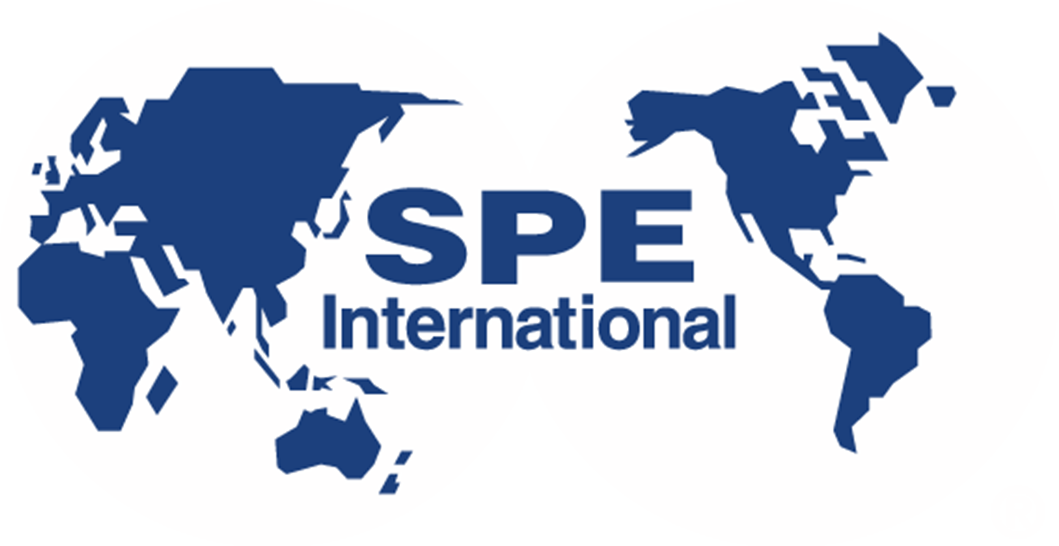Agenda
Wednesday, February 16
Wellbore applications for fiber optic sensing has significantly expanded since their introduction into the oil field in the 1990s. Fiber optic sensing was initially limited to wellbore temperature and pressure. More recently, using fiber optic sensors for seismic acquisitions taking measurements fare beyond the wellbore. Continued improvement in instrument capabilities, fiber design and engineered cables are ushering in new measurement applications that include multi-component seismic, enhanced distributed temperature and magnetic sensing. This session will focus on novel and innovative subsurface applications of new and existing fiber optic sensing technologies.
Real-time well integrity monitoring on Johan Sverdrup using fiber optics, Håkon Sunde Bakka, Equinor
Insight into challenges post installation – a case study, Sebastian Kroczka, Halliburton
With increasing use of distributed sensing (DTS/DAS) over the past decade, qualitative observations from DTS and DAS can be transformed into quantified measures such as rates and phase distribution. This session will let colleagues share and discuss leading work in quantitative interpretation solutions for measurements in both producers and injectors.
A case study on the monitoring of dual-string heavy oil producers in Field B, Malaysia, using distributed fibre optic acoustic and temperature sensing, Veronique Mahue, Silixa
Case study on quantitative DAS/DTS flow profiling for water injectors with permanent fiber, Mohammed Hashmi, PDO
The purpose of the digital oilfield is to maximise oilfield recovery, eliminate non-productive time, and increase profitability through the design and deployment of integrated workflows. Historically, in-well surveillance, pressure, temperature and other physical and dynamic properties have been used to monitor well performance and make informed, real-time decisions to best manage well production. The introduction of distributed data types like DTS and DAS which can be deployed permanently provide real-time data in the form of temperature, sound etc. This has significantly increased the type of information that can be obtained regarding downhole fluid behaviour and composition which in turn assists in achieving the digital oilfield goals.
This session will look at recent advancements in distributed fiber-optics sensing with a focus on the application and impact on the digital oil field. The data integration and management challenges introduced in combining real-time distributed data with existing dataset will be discussed and how workflow modifications can be incorporated to ensure improved operational efficiency and production optimisation with the aid of fiber optics data.
Challenges in collecting, managing & manipulating complex data sets, Andy Nelson, Tendeka
Real-time well monitoring & surveillance solutions – a tiered approach, Amar Patel, Baker Hughes
Injection & production monitoring; FO in the digital oilfield, Dmitry Kortukov, Schlumberger
Distributed sensing became an important part of well interventions with the advent of fiber-optic coiled tubing telemetry. After many years of continuous use, the range of applications and means of conveyance have expanded, new workflows have emerged, and best practices been identified. This session aims to explore how the use of Distributed Temperature and Acoustic Sensing has reshaped well interventions, optimised operational workflows, and unlocked new opportunities and efficiency gains.
CT-Deployed DAS Flow Allocation for Post-Stimulation Water Injection in Lateral Well, Sebastian Kroczka, Halliburton
Using DFOS to Recover Well Integrity and Restore Production, Lilia Noble, Lytt
Flow Diagnostics in High Rate Gas Condensate Well Using Distributed Fiber-Optic Sensing and its Validation with Conventional Production Log, Alessandro Delfino and Cagri Cerrahoglu
Thursday, February 17
Seismic applications utilising distributed acoustics sensing (DAS) have successfully demonstrated value from time-lapse offshore and onshore EOR monitoring applications. Leveraging existing permanently installed fiber optics for production monitoring, emerging temporary deployed fiber or dedicated DAS fiber, acquisition of time-lapse seismic using DAS is becoming an integral part of reservoir production management. This session will explore case studies, lessons learned as well as anticipated and/or realised value of DAS seismic applications.
CCS Monitoring with Borehole and Surface Fibers, J. Andres Chavarria, Optasense
Fiber Optic Sensing of Subsea Wells and its Application to Offshore Carbon Storage Projects; Glenn Wilson, Halliburton; Andreas Ellmauthaler, Halliburton
Distributed Fiber Optics in CCS; Injection & Production Monitoring; Well Integrity;
Distributed Temperature Sensing for Reservoir Monitoring and Injection Conformance During Geological CO2 Storage; Refaat G. Hashish, Mehdi Zeidouni, Craft and Hawkins Department of Petroleum Engineering, Louisiana State University
This session will address the enabling technologies that can lead to practical use of fiber optic systems in existing as well as new oil and gas emerging applications. The topics include new fiber-optic and cable designs, deployment methods, downhole and subsea wet-connects, and measurement techniques that can deliver economic value and/or reduce operational risks across the oil and gas business.
A New Deployment Approach Greatly Expands the Scope of Fiber Optic Well Interventions, Craig Feherty, WellSense
Combination of Rayleigh, Raman and Brillouin Distributed Sensing, Roger Crickmore, Optasense
State of Optical Feedthrough Systems, Jeremy Calac, TE Connectivity
In-well Fiber Optic monitoring systems are now becoming common place in offshore platform and subsea applications. This session will discuss case studies or application scenarios which illustrate the value that the different types of permanently deployed optical sensing solutions can provide in offshore applications and how some of the historical challenges of offshore deployments have been addressed through technological advances and investment resulting in the industry adopting in-well optical surveillance as a standard.
DAS interrogation of remote subsea wells – a North Sea experiment, Jan Kristoffer Brenne, ASN Norway; Per Atle Olsen, Equinor
Development, Testing and Integration of a Subsea DAS system for enhanced seismic imaging, Garth Naldrett, Silixa; Sebastien Soulas, LYTT; Jean-Paul van Gestel, BP
Precision Engineered Fiber Optic Sensor for Permanent Reservoir Monitoring, Mahmoud Farhadiroushan, Silixa
